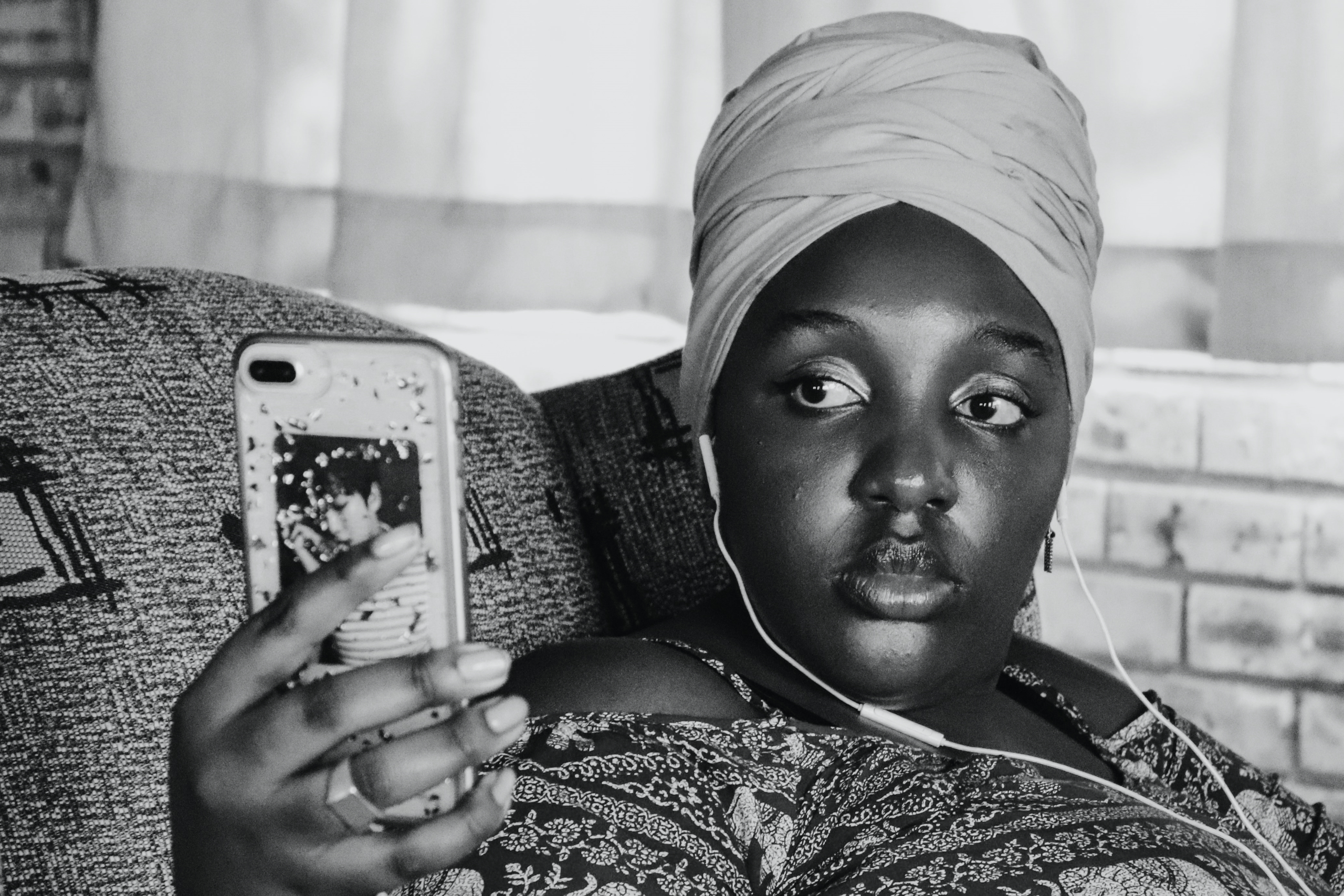AI Governance for Africa > Part 3 > Section 6
A key question for advocates for AI governance in Africa: should we focus on the national or regional level?
Ideally, an advocacy strategy would include actions and engagements in every available policy arena. But in reality, most civil society campaigners are working with limited time, energy, and resources – which means prioritising.
One of the benefits of regional and sub-regional law is that it can offer some leverage for civic actors working in less democratic countries (where it is easier or safer to organise in regional fora rather than domestically) or where local officials are particularly slow to undertake policy reforms.
On the other hand, regional instruments – particularly in the context of the African Union – have significant downsides, including:
- Slow pace: International law is rarely quick, and policy developments at the AU level are particularly slow. For example, the AU adopted the Malabo Convention in 2014 – but it took another nine years before the Convention came into force. During this time, domestic legislation moved a lot faster in many member states: at least 21 African countries passed their own data protection laws between 2014 and 2023,[1] and at least 26 enacted their own cybercrime laws.[2]
- Lack of enforcement: The AU and Africa’s regional economic communities have longstanding issues with the lack of enforcement powers among its members.[3] This means that there are few consequences if states choose to ignore or delay implementation of regional law.
- Inconsistent respect for rights: AU-level frameworks are subject to input from all its member countries, including some with a poor track record on human rights. As a result, the rights-based language in regional instruments can be vague or narrow.
This does not mean that regional platforms should be avoided outright. As a regional human rights institution, the African Commission on Human and Peoples’ Rights has produced important soft-law instruments on emerging digital rights issues, including early recommendations on ethical use of AI,[4] and has a track record of engagement with civil society bodies.
The African Commission’s Special Rapporteurs are also an important independent mechanism to document emerging rights-based issues on the continent and to set out (non-binding) recommendations for reform. The Special Rapporteur on Freedom of Expression and Access to Information would serve as an apt mechanism to make findings on AI-related harms, but the Commission’s other Special Rapporteurs could serve as increasingly important voices on intersectional aspects of AI harms.[5]
As the case study below unpacks, in some contexts human rights actors have made progress by going hyper-local in their advocacy.

Case study | Thinking local on facial recognition
The rollout of surveillance camera networks in public spaces, often with AI-driven technology like facial recognition or license-plate reading, is a major digital rights concern in cities across the world, from New York to Nairobi.[6] The evident risks to privacy, freedom of expression and other civil liberties, and concerns about discriminatory policing and securitising of public space, have led to proposals for national laws to regulate these kinds of technology.[7]
But in the absence of such legislation, activists in the US have taken a different approach: pushing for hyper-local regulation at the community level.[8] Under pressure from campaigners, at least 23 US cities have passed local laws regulating the use of surveillance technology by law enforcement.[9] Drawing on a model bill developed by the American Civil Liberties Union (ACLU), these local laws vary from place to place, but can include outright bans on certain technology such as facial recognition, and new requirements for transparency, oversight, and public participation over the purchase and use of any surveillance technology.[10]
With this in mind, a key question for civic actors seeking to advocate for AI governance:
Weighing the pros and cons of each approach, which would you prioritise in your advocacy strategy, and why?
References
[1] See ALT Advisory, dataprotection.africa.
[2] ALT Advisory, Database of African Cybercrime laws (forthcoming).
[3] See Imoedemhe “The AU and Issues of Institutional Capacity and Enforcement” in Amao, Olivier, and others (eds) The Emergent African Union Law (Oxford University Press, 2021), from 398-416.
[4] See for example The Declaration of Principles of Freedom of Expression and Access to Information in Africa (2019).
[5] See, for example, African Commission Resolution on the Protection of Women Against Digital Violence in Africa, prepared by the Special Rapporteur on the Rights of Women (2022).
[6] Allen “Future of facial recognition technology in Africa” ISS Today (6 July 2020).
[7] Amnesty International “Amnesty International and more than 170 organisations call for a ban on biometric surveillance” (7 June 2021).
[8] Hunter “Big Tsek: Joburg’s Private Surveillance Network and our Public Deficit” African Studies, 81:1 (2022) at 140.
[9] ACLU “Community Control Over Police Surveillance (CCOPS)” undated, aclu.org.
[10] Sheard and Schwartz “Community Control of Police Spy Tech” Electronic Frontier Foundation (19 May 2021).
Explore the rest of the toolkit
Part 1: Introduction to AI Governance
Part 1 gives an overview of AI governance principles and approaches, and outlines international frameworks, with case studies from the European Union, the United States, and China. It discusses common concerns and themes driving AI governance.

Part 2: Emerging AI Governance in Africa
Part 2 examines existing and emerging AI governance instruments in Southern Africa – in particular, South Africa, Zambia, and Zimbabwe. More broadly, it also outlines continental responses and details existing governing measures in Africa.



